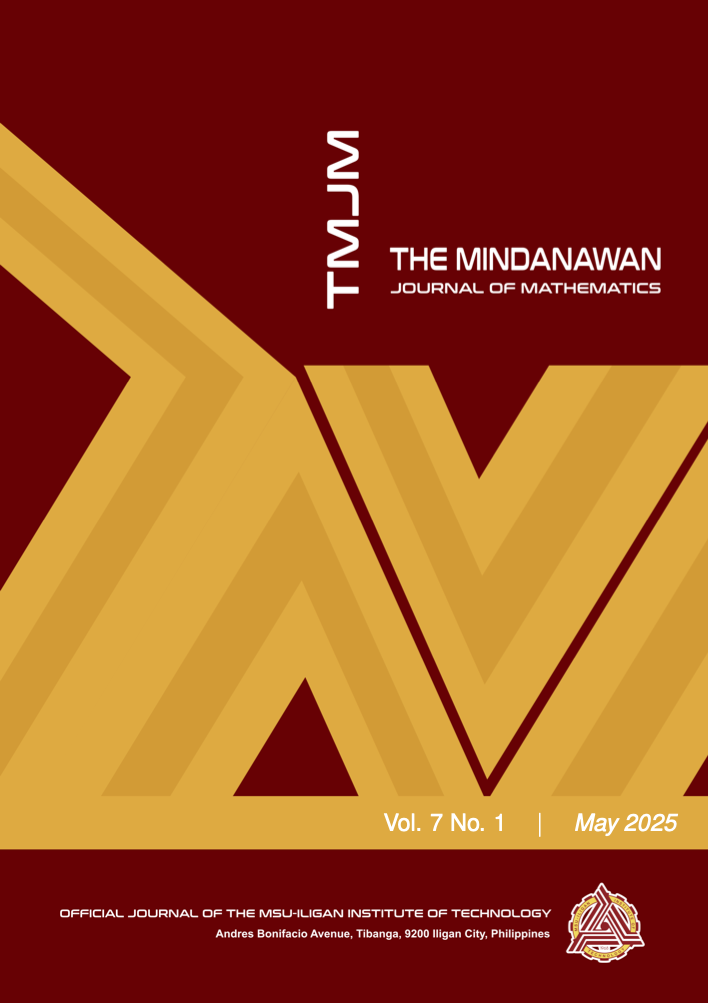Mathematical Model of Dengue and Leptospirosis Coinfection with Dual Transmission Pathways
DOI:
https://doi.org/10.62071/tmjm.v7i1.794Keywords:
coinfection model, vector-borne disease, waterborne disease, basic reproduction number, mathematical epidemiologyAbstract
Dengue and leptospirosis are major public health concerns in tropical countries, where environmental conditions favor the spread of both vector-borne and waterborne pathogens. This paper presents a compartmental mathematical model that captures the coinfection dynamics of dengue and leptospirosis, accounting for their indirect transmission routes and potential interactions. The model incorporates both mosquito vectors for dengue and a contaminated water compartment for leptospirosis, allowing for dual transmission pathways through which each disease spreads. The disease-free equilibrium is established, and the basic reproduction number $\mathcal{R}_0$ is derived using the next-generation matrix approach. Model analysis shows that the disease-free equilibrium is locally asymptotically stable when $\mathcal{R}_0 < 1$, and unstable otherwise. Numerical simulations reveal that if the basic reproduction number is greater than one, the infection persists in the population. Sensitivity analysis highlights that transmission rates significantly increase infection risk, while recovery and decay parameters contribute to disease mitigation. These findings emphasize the importance of integrated control strategies targeting both vector and water environments. Future studies may extend this model by incorporating optimal control interventions, seasonal climate effects, or vaccination strategies to better understand and manage coinfection dynamics.


